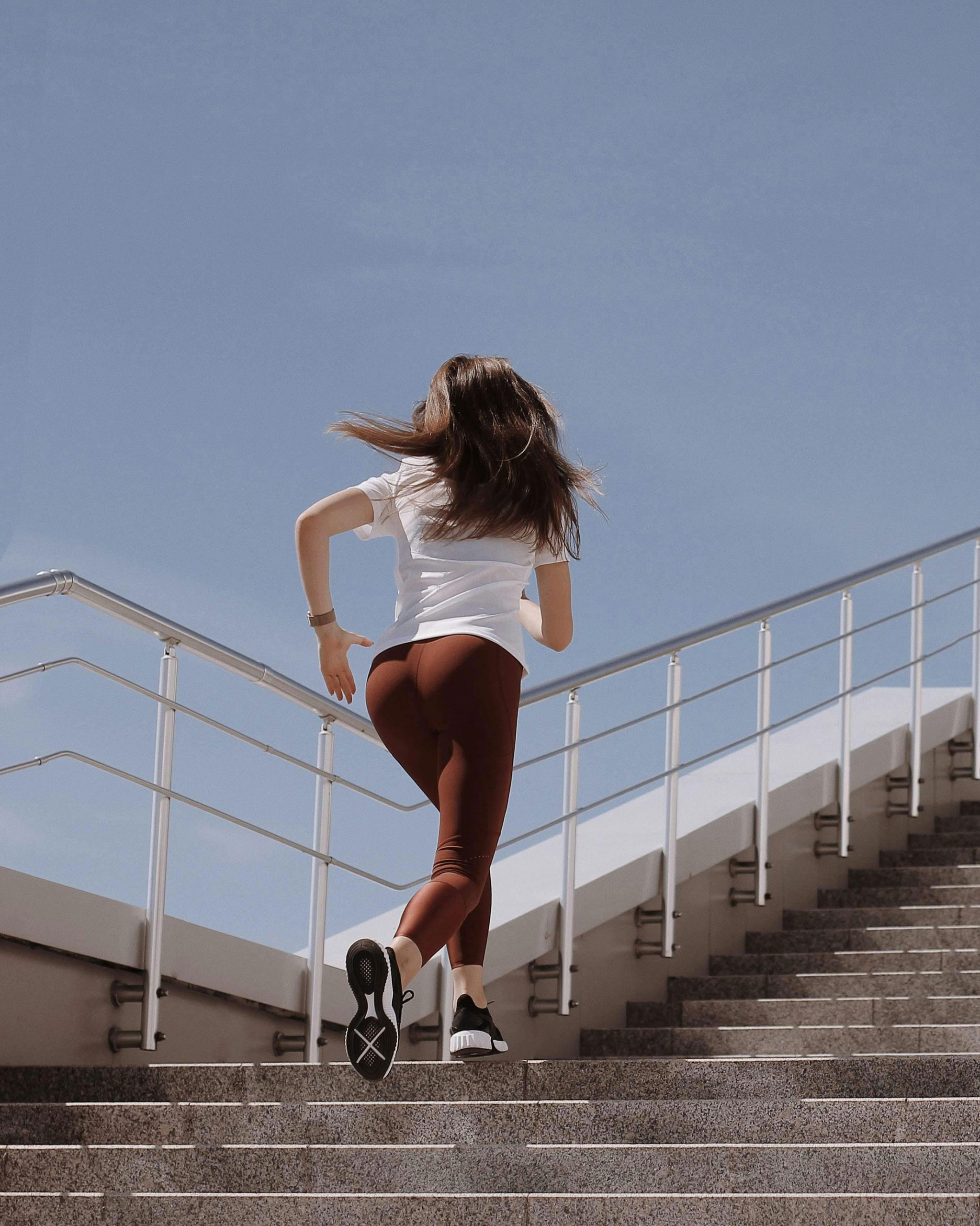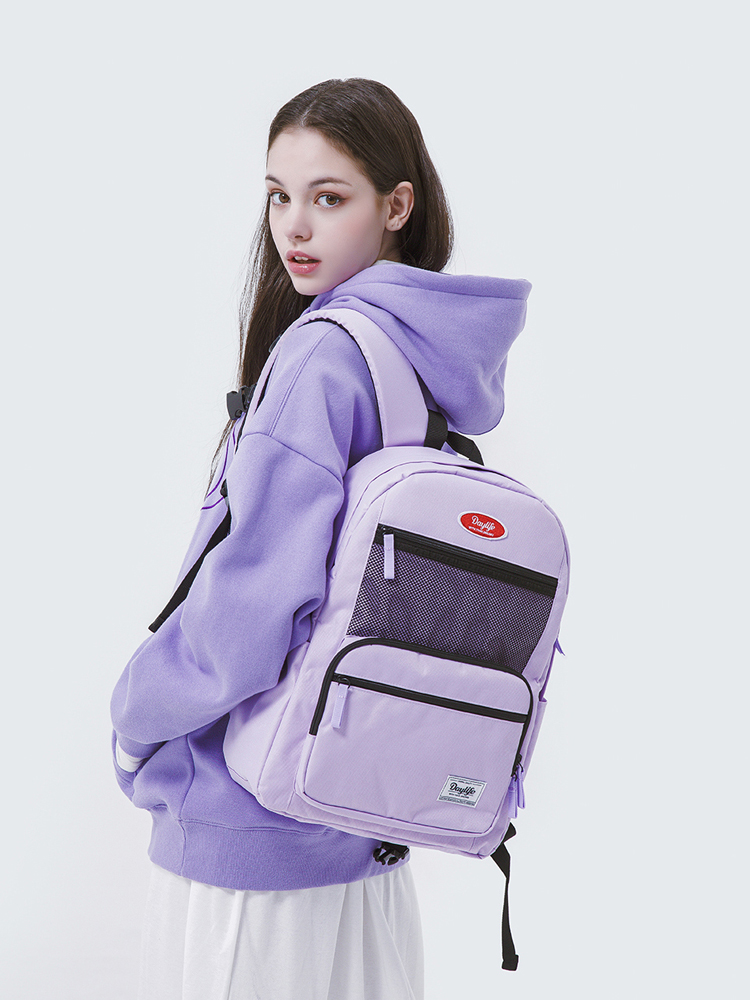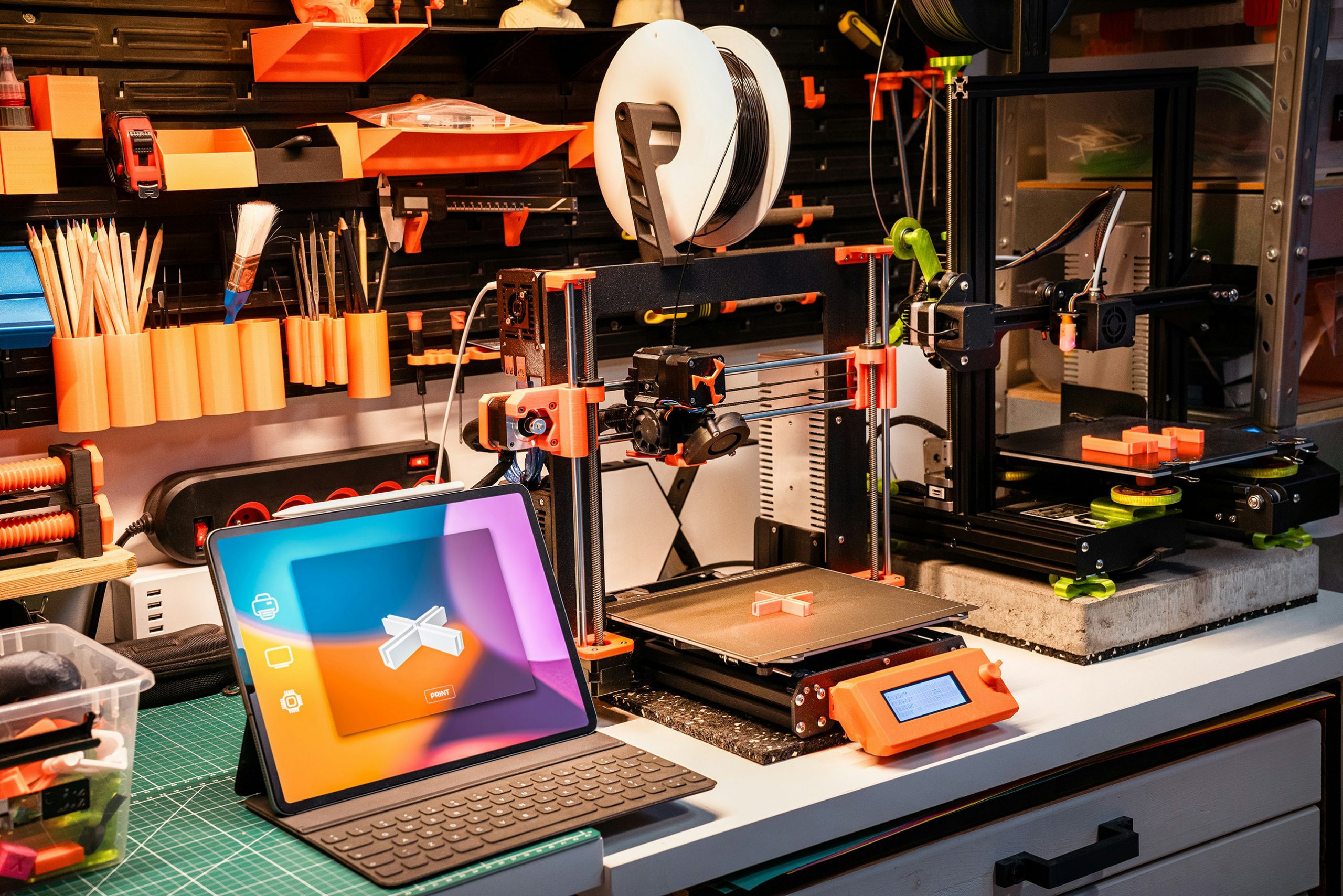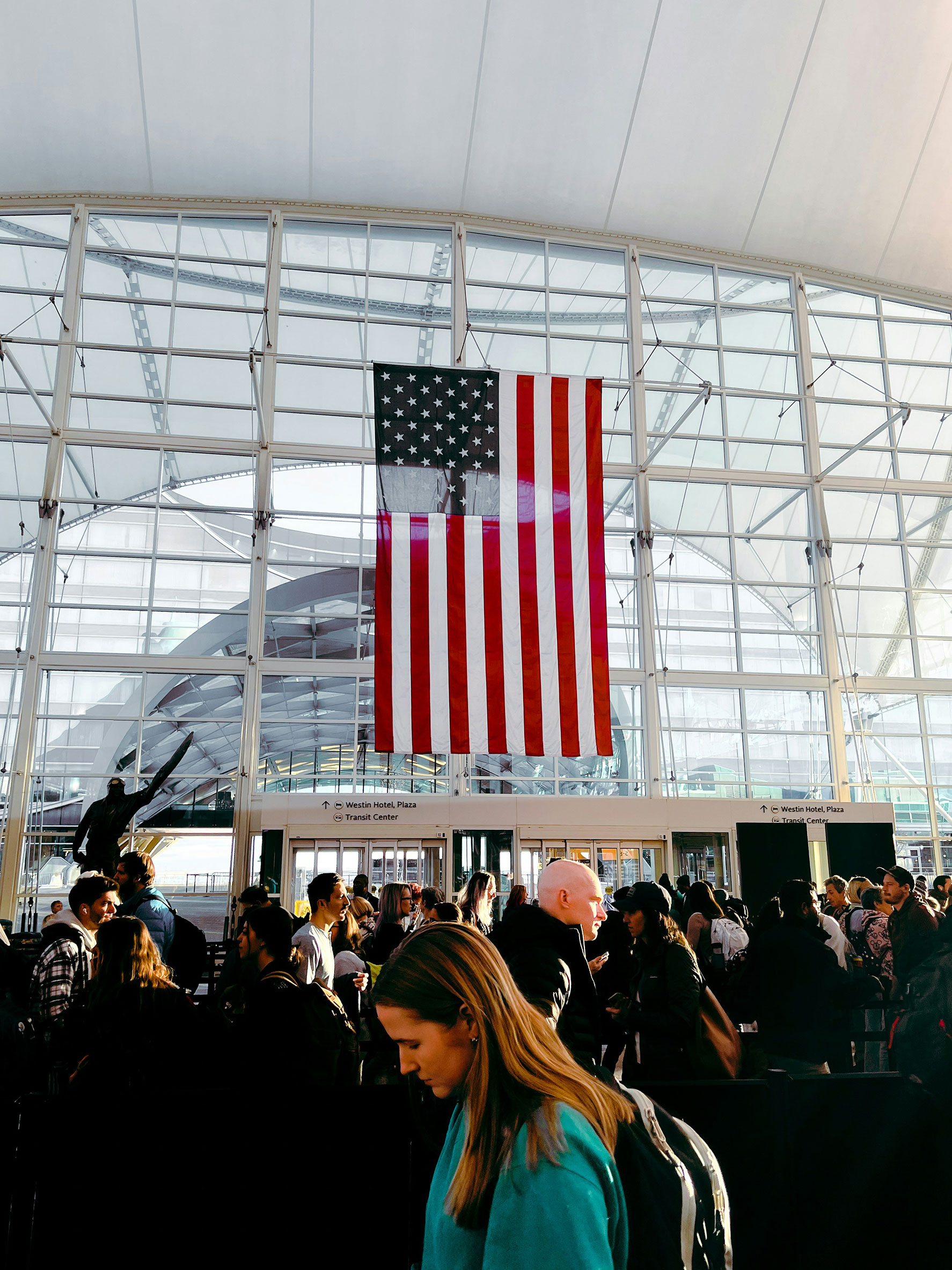For serious runners, the right gear can be a game-changer. While shoes and clothes get a lot of attention, the bag you pick to carry your stuff can really impact your runs. Whether you’re doing a quick 5K around the neighborhood or a tough 100-mile race, the right bag makes sure your water, snacks, safety stuff, and personal items help, not hurt, your performance.
Running bag design keeps getting better, with improvements in materials, tech, and feedback from runners. Today’s running bags should feel like they’re not even there while still giving you easy access to everything you need. This guide looks at the latest designs, features, and tech that make the best running bags for all kinds of runners.
From super light waist packs to hydration vests that turn you into a running machine, we’ll see what makes some gear better than others, especially when every second and ounce matters.
What Runners Need in a Bag
How Bags Affect Your Run
Running with extra weight changes how your body moves, how much energy you use, and how comfortable you feel. The best bags work with your body:
- Center of Gravity:
- Belts and waist packs put more weight on your hips and waist, which lowers your center of gravity. Some runners feel this helps with stability.
- Where the weight is affects your arm swing and how you breathe.
- Lower weight can help reduce upper body fatigue and keep your posture natural.
- Movement and Bounce:
- Runners want bags that move with them. Key things to look for:
- Compression systems to stop the bag from moving around.
- Smart weight placement to reduce wasted energy.
- Shapes that fit your body.
- Runners want bags that move with them. Key things to look for:
Materials That Help You Run Better
- Breathability:
- Bags that testers liked for breathability often have mesh lining and stretchy pockets for airflow.
- What Materials to Think About:
- Fabrics that pull sweat away to prevent chafing.
- Light materials that are still tough.
- Materials that handle different weather.
- Surfaces that are easy to clean after sweaty runs.
- Weight vs. Strength:
- Every bit of weight matters in a running bag.
Types of Running Bags
Hydration Vests: For Long Distances
Hydration vests are great for long-distance runners who need to carry a lot of stuff while still running well.
- What Makes a Good Hydration Vest:
- Panels that fit your body and allow for movement.
- Bottles in the front for easy access.
- Storage you can change based on your run.
- Airflow to keep you from overheating.
- Cool Things in Hydration Vests:
- Fit that’s designed using body scans.
- Bottles that show you when your drink is at the right temperature.
- Parts that can be switched out with other gear.
- New Vest Designs:
- Some vests put the water on your lower back to take the weight off your shoulders.
- This can help with balance, reduce upper body tiredness, and allow for better airflow.
Running Belts and Waist Packs: Simple and Light
For runners who don’t want a lot of gear or are running shorter distances, belts are a good choice.
- What to Look for in a Running Belt:
- No-bounce design
- Good spot for your phone
- Small size
- Key Things to Think About:
- A tight fit that holds everything in place.
- Small pockets instead of one big one.
- Ways to adjust the fit.
- A design that works with different clothes.
- Nice Features:
- Pockets that get bigger when you need them to.
- Pockets for different sized phones.
- Easy access while running.
- Protection from sweat.
- Better Organization:
- Pockets for your phone, snacks, keys, and money.
- Straps to hold things in place.
- Spots to attach things like lights or poles.
- The option to add or remove storage.
Bags for Specific Runs
- Run-Commuting Bags
- For runners who run to work, these bags mix running with everyday needs.
- Things to Look For:
- A style that works in an office.
- Protection for electronics.
- Separate spots for clean and dirty clothes.
- Locking zippers for security.
- Ultra-Distance Gear
- For very long races.
- Extended-Distance Features:
- Lots of storage.
- Pockets for different foods.
- Protection from the weather.
- Spots for first aid and emergency gear.
What Makes a Bag Great?
- Hydration Systems
- Bottles in the front are often better than bladders in the back because:
- You don’t have to stop to drink.
- You can see how much water you have left.
- They’re easy to refill.
- They’re easier to clean.
- Why Soft Bottles Are Good:
- They shrink as you drink to stop bouncing.
- They fit in vest pockets.
- They have valves you can use with one hand.
- Some keep your drink cool.
- Bottles in the front are often better than bladders in the back because:
- Storage
- Good running bags put pockets where you need them most:
- Front: Phone, snacks, whistle.
- Side/Hip: Extra snacks, tools, layers.
- Back: Water, first aid, stuff you only need at stops.
- Good running bags put pockets where you need them most:
- Fit
- The best bags are made for specific bodies:
- Different shapes for men and women.
- Different sizes.
- Ways to adjust the fit.
- What to Check for:
- A fit that moves with you.
- Room for breathing.
- A design that works with your running style.
- A fit that works with different clothes.
- The best bags are made for specific bodies:
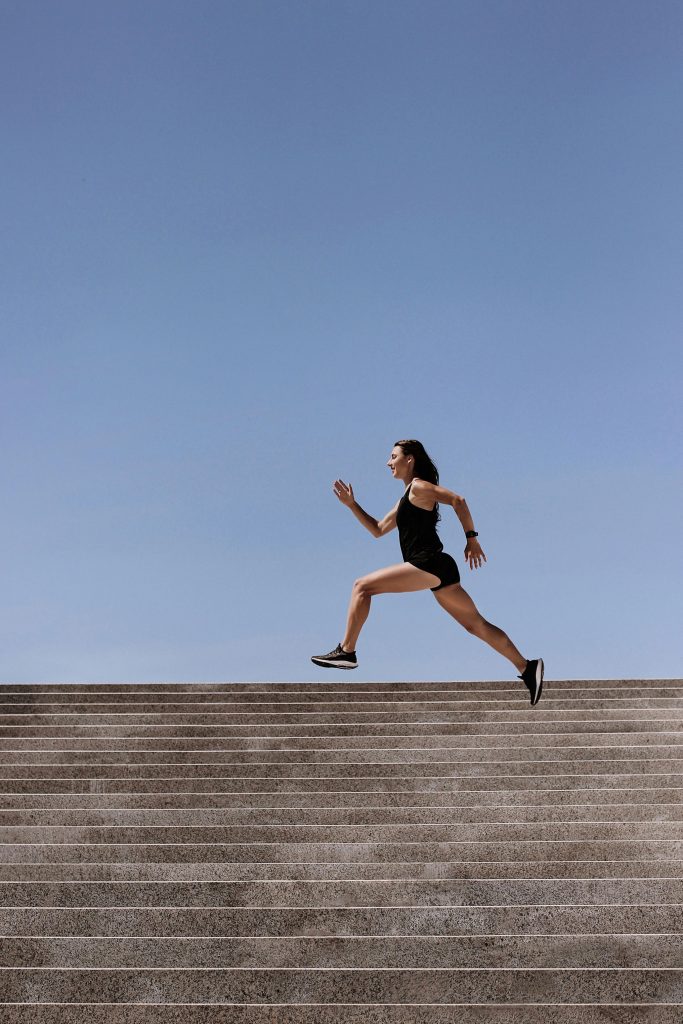
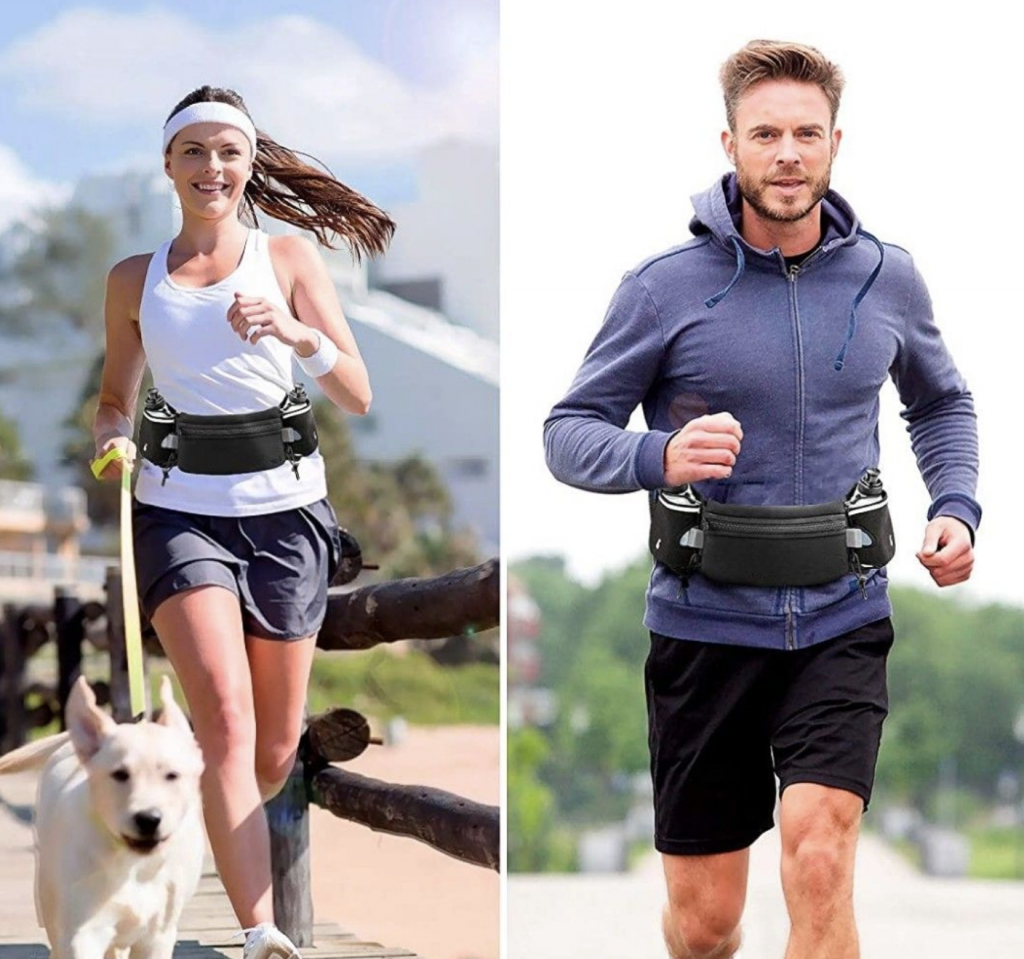
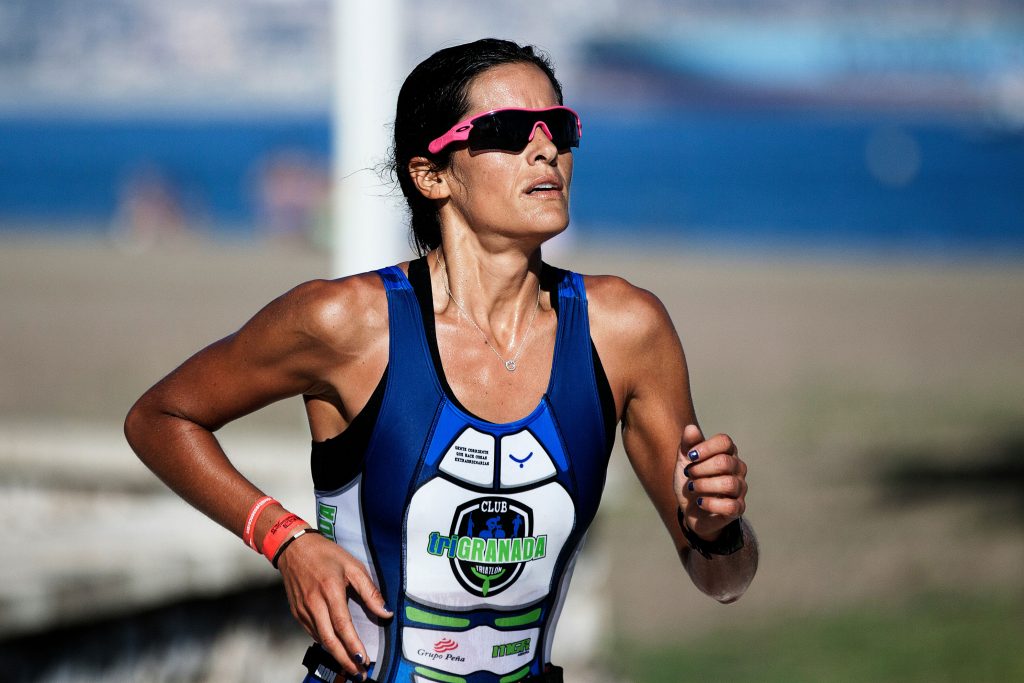
Making Bags Last
- Daily Care:
- Empty and air out the bag after runs.
- Clean sweaty spots.
- Rinse and dry the water system.
- Check for damage.
- Deeper Cleaning:
- Wash high-use bags weekly.
- Take apart and clean all parts monthly.
- Add waterproofing every few months.
- Get a professional check-up once a year.
- Storage:
- Clean and dry before storing.
- Loosen straps.
- Store away from sunlight.
- Check for damage.
The Future of Running Bags
- Smarter Bags:
- Bags that use sensors to check fit and performance.
- Compression that adjusts on its own.
- Alerts if your bag is affecting your running form.
- Tracking how your gear affects your running.
- Sensors that tell you when parts need to be replaced.
- Bags that use sensors to check fit and performance.
- Better Materials:
- Fabrics that cool or warm you.
- Surfaces that fix themselves.
- Fabrics that breathe based on how much you sweat.
- Padding that remembers how you like it.
Helping the Environment
- Eco-Friendly:
- Some brands are using materials that remove CO2 from the air.
- Materials made from algae.
- Plastic from the ocean.
- Local factories.
- Some brands are using materials that remove CO2 from the air.
- Good Materials:
- Recycled plastic.
- Materials that break down easily.
- Local materials.
- Circular Design:
- Parts that are easy to fix and change.
- Programs to take back old gear.
- Ways to reuse old gear.
Recommendations
- Hydration Vest:
- Good for ultra-marathons.
- Features:
- Smart flasks
- Features:
- Good for ultra-marathons.
- Running Belt:
- Good for shorter runs.
- Features:
- LED safety strips
- Wireless charging pocket
- Features:
- Good for shorter runs.
- High-Capacity Option:
- Good for long races.
- Features:
- Smart flask system
- GPS navigation
- Features:
- Good for long races.
- ** Design:**
- Features:
- Magnetic that the bounce
- Features:
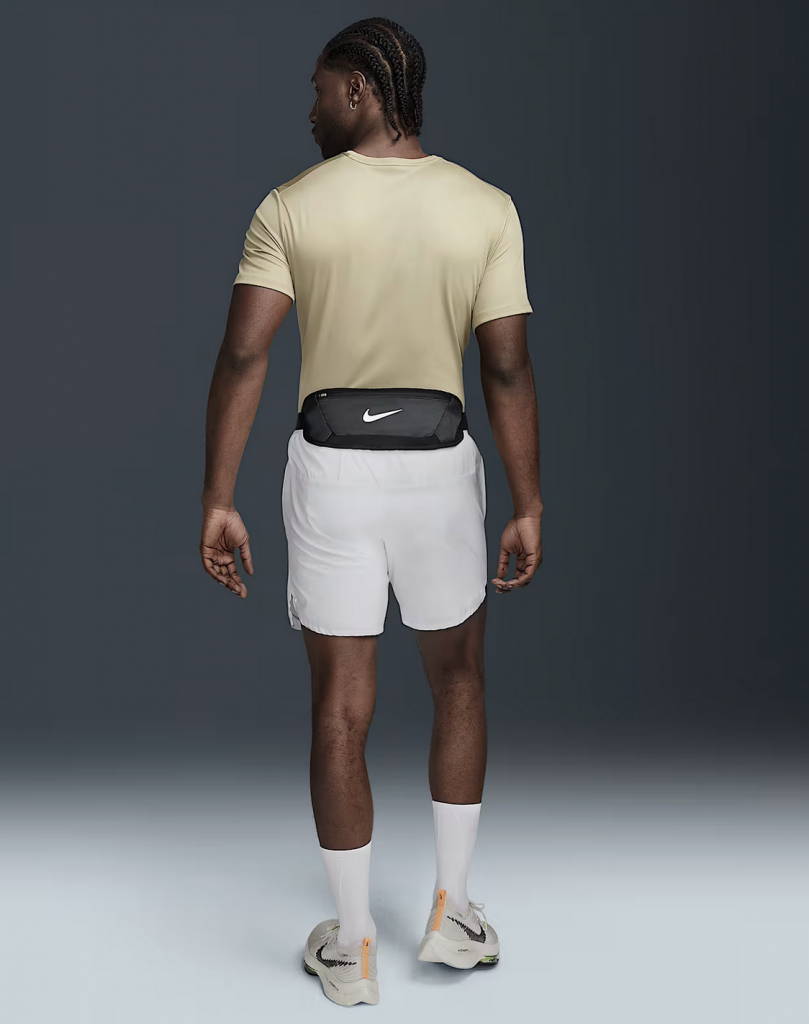
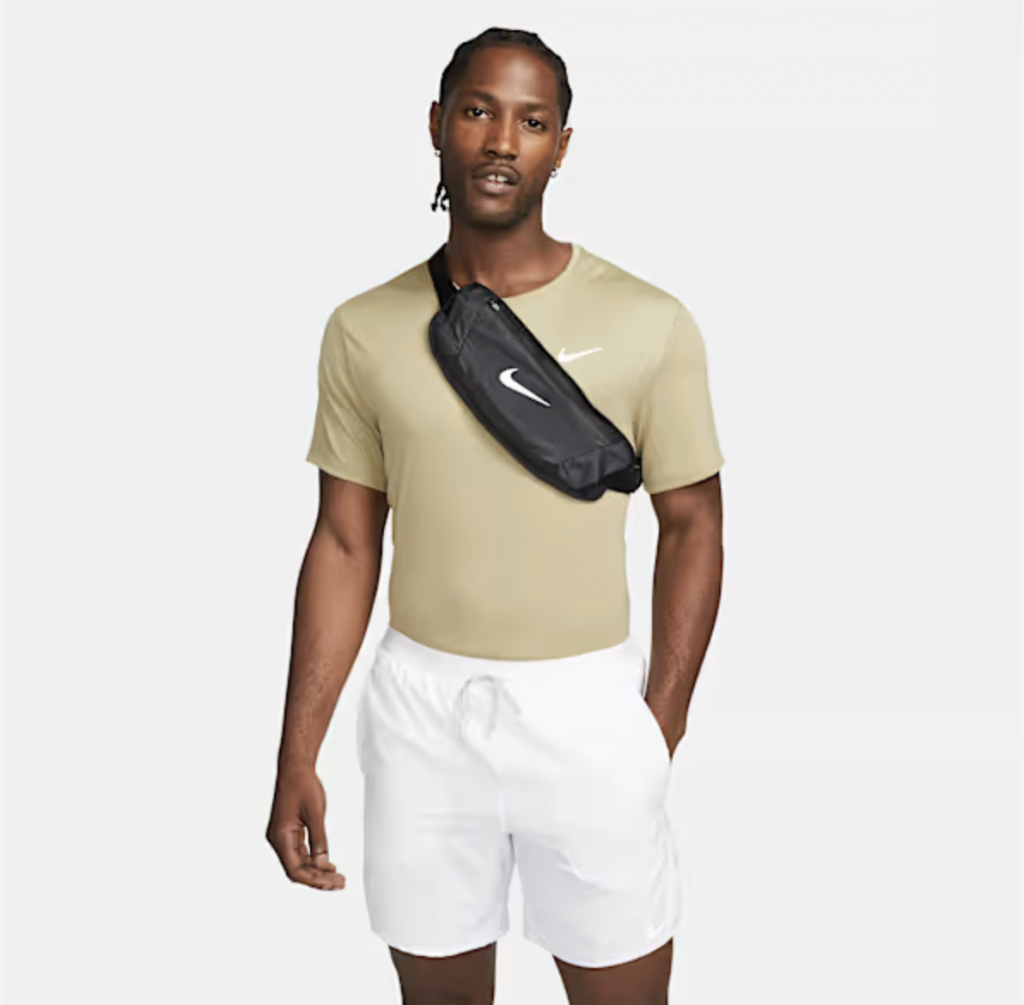
Conclusion
The right running bag can really change your run. With smart features and materials that react to the weather, today’s bags do more than just carry your stuff. They help you run better.
Investing in a good bag pays off. The difference between a good run and a great run often depends on the gear that you barely notice.
When picking a bag, remember that the best ones do more than just hold your things. They help you train, keep you safe, and are good for the planet. The right bag helps you reach your full running potential.
Product Links & Shopping Resources
Shop the Best Running Bags for Real Runners:
Latest Innovation:
- Ultimate Direction Ultra Vest 7.0 – professional vest with smart monitoring
- Salomon ADV Skin 15 – High-capacity with navigation integration
- UltrAspire Series – levitation technology
- SPIbelt Pro Series smart urban running belt with wireless charging
- Nathan AI-Vest Series – Machine learning hydration
Running Belts & Waist Packs:
- SPIbelt Original – Patented expandable running belt
- FlipBelt Original – Tubular no-bounce design
- Nathan Zipster – Multi-pocket organization system
- Fitletic Ultimate I – Premium running belt with phone window
- RooSport Stashbelt – minimalist option
Specialty Running Gear:
- Black Diamond Distance 15 – Mountain running backpack
- Patagonia Slope Runner – Sustainable trail running vest
- Arc’teryx Norvan 14 – Technical alpine running pack
Major Retailers:
- Running Warehouse – running gear selection
- REI Co-op Running – Expert-curated running equipment
- Amazon Sports & Outdoors – selection with reviews
- Dick’s Sporting Goods – National retailer with local fitting
- Road Runner Sports – Running specialty retailer
Expert Reviews & Testing:
- iRunFar Gear Reviews – Ultra-running gear expertise
- Runner’s World Gear Lab – testing
- Outdoor Gear Lab – gear evaluation
- Trail Runner Magazine – Trail-specific gear insights
#RunningBags #HydrationVest #RunningBelt #TrailRunning #UltraMarathon #RunningGear #RunnersAccessories #HydrationPack #RunCommute #RunningVest #FitnessGear #TrailRunner #MarathonTraining #RunningEquipment #UltraRunning #RoadRunning #RunningBelt #WaistPack #RunningHydration #SportsGear #RunningTech #FitnessAccessories #EnduranceRunning #RunningPerformance #RunnersGear #RealRunners #RunningDesign #ActiveLifestyle #RunningInnovation #FitnessTech
